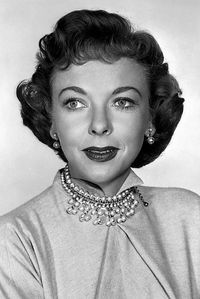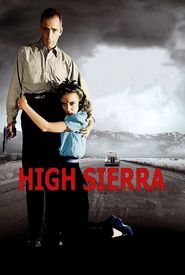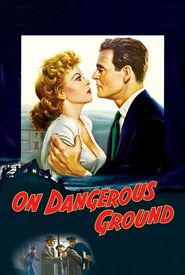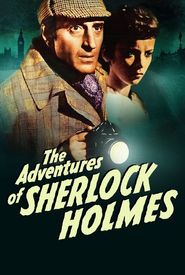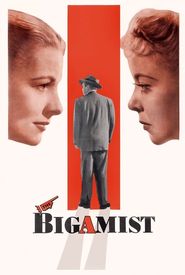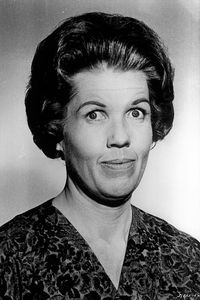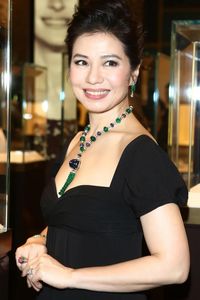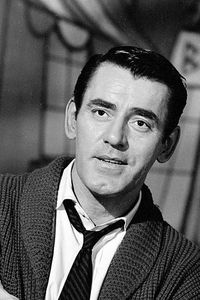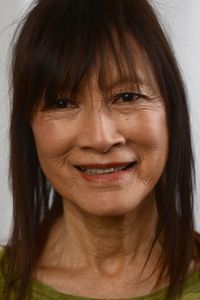Ida Lupino was born in London to a family deeply rooted in the entertainment industry. Her mother, a shrewd businesswoman, took Ida to an audition in 1932, where the young actress landed her first role in the film "Her First Affaire". Ida's striking blonde hair and captivating on-screen presence quickly made her a sought-after talent in Hollywood.
By 1934, Ida had made the transition to Hollywood, where she initially played small, insignificant parts in various films. However, it wasn't until her role in "Peter Ibbetson" (1935) that she began to receive more substantial opportunities. Her breakthrough came in "The Light That Failed" (1939),where she was finally given the chance to showcase her acting chops.
Throughout her career, Ida was often cast as the tough, yet sympathetic, woman from the wrong side of the tracks. Her performances in "The Sea Wolf" (1941) and "High Sierra" (1941) are particularly noteworthy, and she became renowned for her ability to bring hard-luck dames to life on the big screen.
Ida's impressive range allowed her to hold her own alongside some of Hollywood's biggest leading men, including Humphrey Bogart, Ronald Colman, John Garfield, and Edward G. Robinson. Her filmography during the 1940s is a testament to her versatility, with roles ranging from the traveling saleswoman in "Pillow to Post" (1945) to the tough nightclub singer in "The Man I Love" (1946).
However, as the 1940s drew to a close, Ida found herself struggling to secure good roles for women. With the competition from young actresses and established stars, she made the bold decision to leave Warner Brothers in 1947 and become a freelance actress.
When better opportunities failed to materialize, Ida turned her attention to directing, writing, and producing. Her first foray into directing came when director Elmer Clifton fell ill on the script she co-wrote for "Not Wanted" (1949). Ida humorously referred to herself as the "poor man's Bette Davis" as an actress, but as a director, she jokingly became the "poor man's Don Siegel".
The majority of Ida's work in the 1950s consisted of low-budget melodramas, but she continued to work behind the camera, directing episodes of popular television shows such as "The Untouchables" (1959) and "The Fugitive" (1963).
In the 1970s, Ida made guest appearances on various television shows and appeared in small roles in a few films, marking the culmination of a remarkable career that spanned over four decades.
